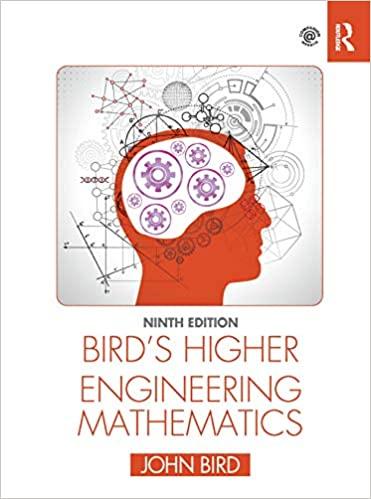Question
1 )The association between air pollution exposure and asthma risk determines that the relative risk for this association is 2.4, with a 95% confidence interval
1 )The association between air pollution exposure and asthma risk determines that the relative risk for this association is 2.4, with a 95% confidence interval from 0.9 to 3.2. , which of the following is true?
A. p-value for this relative risk is less than 0.05
B. p-value for this relative risk is greater than 0.05
C. cannot determine p-value
2)If you see a strong association between an independent variable and a dependent variable, it is appropriate to conclude that the independent variable is causing the changes in the dependent variable. True/false
3)Knowing the sample mean and standard deviation of a continuous variable allows you to estimate the range of values taken by that variable? Ture/False
4)You design your study to have 80% power to detect a statistically significant difference at an alpha level of 0.05. Which of the following will be true?
A. If there truly is a difference between groups in the population, you have an 80% chance of seeing a difference in your sample.
B.You have an 80% chance of obtaining a P value that's less than 0.05.
C.If there truly is no difference between groups in the population, you have an 80% chance of seeing a difference in your sample.
D. None of these are true
5)If a sample is not representative of the population it was drawn from, the statistics calculated using data from that sample will not be valid estimates of the true parameter values in that population. True/False
6)Which of the following best describes the issue with making multiple comparisons (i.e., "p hacking") when analyzing a dataset?
A)You'll be forced to use a small sample size, which means it's less likely that you'll obtain statistically significant results.
B)All of these are potential problems when making multiple comparisons.
C)The more comparisons you analyze, the more likely one will be statistically significant simply due to chance.
D)You may see correlations between the variables you're analyzing, but these correlations may not be causal.
7) A statistic refers to the true value in a population, while a parameter is an estimated value from a sample of the population? True /False
Step by Step Solution
There are 3 Steps involved in it
Step: 1

Get Instant Access to Expert-Tailored Solutions
See step-by-step solutions with expert insights and AI powered tools for academic success
Step: 2

Step: 3

Ace Your Homework with AI
Get the answers you need in no time with our AI-driven, step-by-step assistance
Get Started


